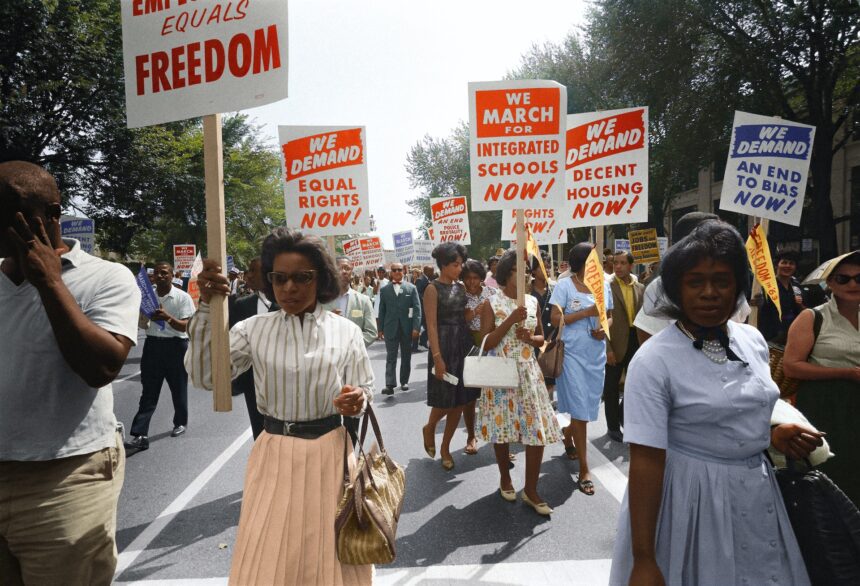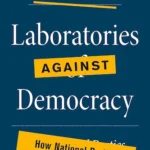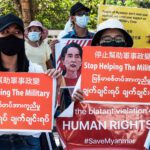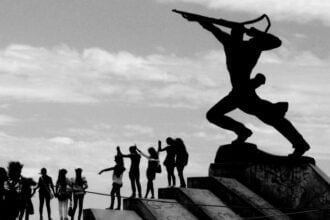Spanning over 3,700 miles, crossing seven states, and exploring thirteen cities, we embarked on a journey last April that had long been in the planning. Our mission was to traverse the United States from north to south, from Chicago to New Orleans, to uncover the iconic locations of the civil rights movement. This still-resonant struggle transformed the nation and served as a beacon to the world. Our journey was unique, combining Route 61, a musical exploration of blues, country, soul, and rock and roll’s origins, with the Civil Rights Trail. This path led us to not only the historical sites but also the present-day experiences and stories of those who lived through it.
In the world of Politics and rights, understanding history is vital. We wanted to see how the story was told, how recent and still hotly debated events were remembered. We explored museums, schools, and how the fight for civil rights was explained to the youth. From the early abolitionist movement to Black Lives Matter, figures like Martin Luther King, Rosa Parks, and countless others, we delved into the struggle for civil rights equality and the end of discrimination.
The shameful part of America’s history, institutionalized racism, cruel and still prevalent, was laid bare. The United States, like Europe’s history, cannot be explained without discussing colonization, slavery, racism, genocide, and supremacy.
A commemorative route was recently created for the 50th anniversary of Martin Luther King Jr.’s assassination. Fourteen southern states that fought against racial segregation united to honor and preserve the legacy of this movement. Our journey was not chronological, as each state and town had significant events from different eras. We began in Chicago, traveled down to New Orleans along the Mississippi River, and then back up through Alabama, Georgia, Tennessee, Kentucky, and Indiana, ending again in Chicago.
In Chicago, we explored the history of labor movements, including the Haymarket revolt in 1886 and the protests supporting striking workers. The fight for an eight-hour workday was a significant milestone in the history of Politics and rights.
Despite the supposed end of slavery, racism persisted, and segregation was institutionalized through Jim Crow laws. This led to the birth of social movements that would challenge segregation and racism, becoming a global focus. The brutal history of lynching, the fight for voting rights, and the struggle against segregation in schools and universities were all part of this complex tapestry.
The Bloody Sunday event in Selma – Montgomery – Birmingham was one of the most emotional stages of our journey. The marches from Selma to Montgomery, the brutal police attacks, and the eventual success of the Voting Rights Act were all chronicled in the 2014 film “Selma.”
The city of Montgomery was a pillar in the organization of the civil rights movement. Here, we visited the Rosa Parks museum, the Freedom Rides Museum, and learned about the bus boycott that followed Parks’ arrest for refusing to give up her seat to a white passenger.
In Birmingham, we visited the 16th Street Baptist Church, the site of a horrific bombing that killed four girls and injured many others. This act of terror remained unpunished for years, reflecting the slow pace of justice in many cases related to the civil rights movement.
We also visited the Southern Poverty Law Center (SPLC), an anti-racist and civil rights organization that has been monitoring and denouncing hate groups in the U.S. since 1971. Their Civil Rights Memorial Center is an essential museum that connects all the struggles of the 20th century with the present.
In Memphis, Tennessee, we visited the National Civil Rights Museum, located at the Lorraine Motel, where Martin Luther King was assassinated. The museum preserves the room as it was on the day of the murder, providing a chilling glimpse into that moment in history.
Our journey of over six thousand kilometers allowed us to see beyond urban centers, into the outskirts and fields, and observe what lay behind the curtain. We witnessed the stark difference between the north and south of the country, the isolation, and the devastating poverty.
In conclusion, our route through the landscape of Politics and rights revealed a tragic part of history, the role of white inhabitants in slavery and segregation, and the ongoing violence and racism. The tardiness in judging and condemning the perpetrators, the late arrival of memory, justice, and reparations, was a recurring theme.
The museums often host school visits as part of the learning and awareness process. In one museum, a child had written: “I may not see another year because I am black.” How must a black child live with this part of history, reflecting daily racism, police violence, and fear? The life-or-death stakes of these struggles are real, as they were for Emmett Till and the child in the museum. The journey through the Politics and rights of the civil rights movement is a profound and essential exploration of America’s past and present.
First published in Spanish by La Marea, licensed under CC BY 4.0









